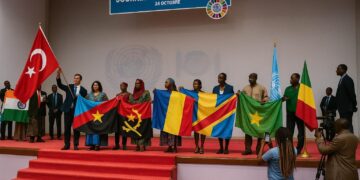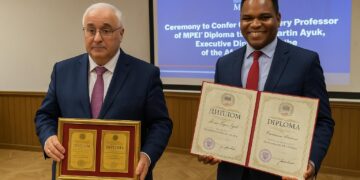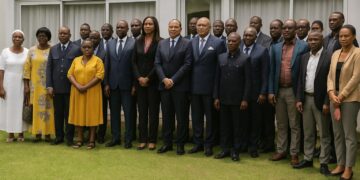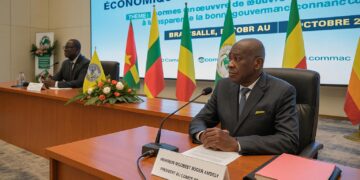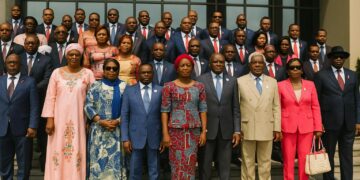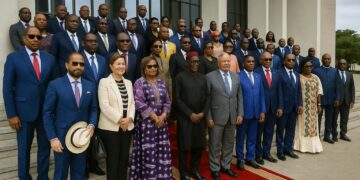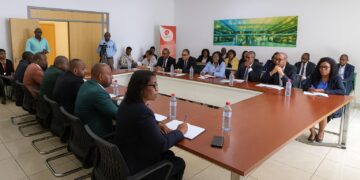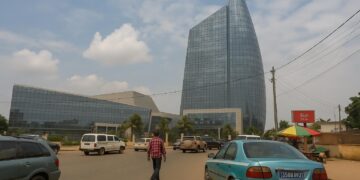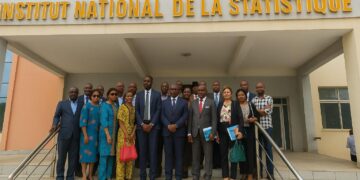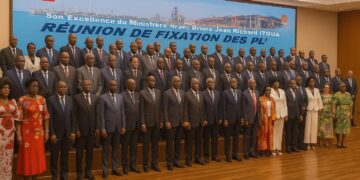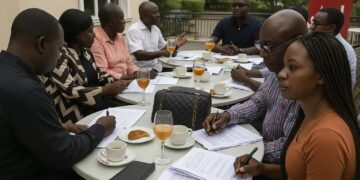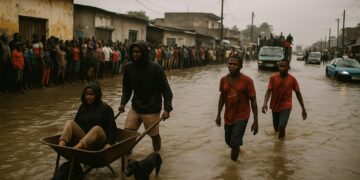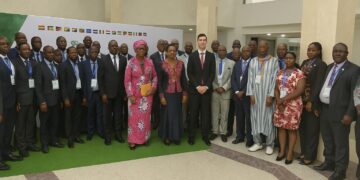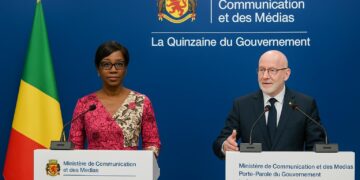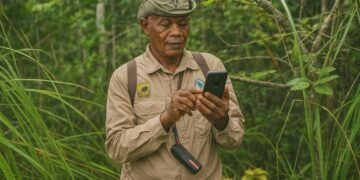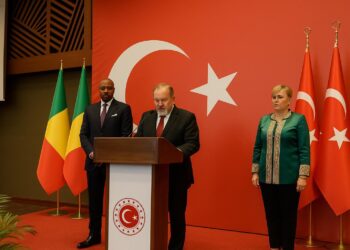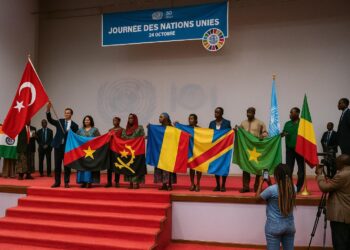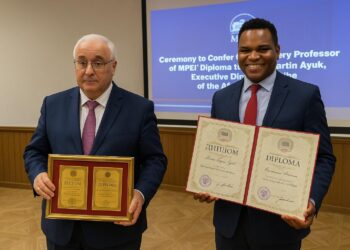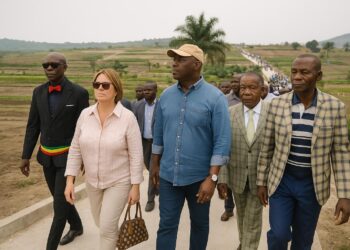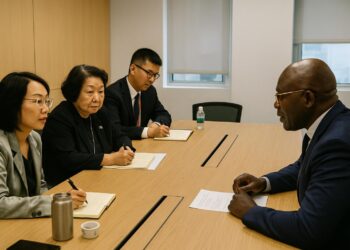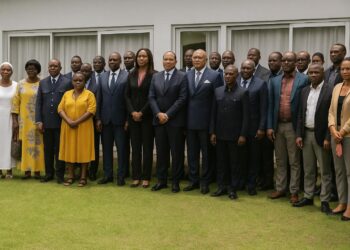Urban Growth and the Educational Bottleneck
Pointe-Noire, the economic lung of the Republic of Congo, has witnessed steady demographic expansion in the past decade, with annual growth estimated at more than three per cent (World Bank, 2023). Such dynamism, while fuelling commerce, has strained public services, particularly primary education. Classrooms originally designed for forty pupils now accommodate up to sixty, according to provincial inspectors consulted on site. Against this backdrop, the modest compound of Tchimbambouka Primary School in the district of Ngoyo has become a telling microcosm: generous in its academic aspirations yet encumbered by deteriorating infrastructure.
An NGO Consortium Anchored in Pragmatic Solidarity
Responding to community appeals, the Paris-based organisation L’Appel, founded in 1968 and active in ten countries, launched a comprehensive refurbishment programme earlier this month in concert with the Association pour la Solidarité, l’Action et le Développement, better known as ASAD. The works, scheduled to conclude by mid-September, entail the construction of a separation wall to demarcate a two-hectare playground, the elevation of perimeter fencing to 2.70 metres, and the overhaul of sanitation blocks. L’Appel’s delegate Thierry Raynard portrays the endeavour as an exercise in shared responsibility: “Our mantra, ‘Help us help you,’ resonates here because every stakeholder, from parents to local artisans, contributes tangible value.”
Municipal and Corporate Synergies Illuminate Progress
While civil-society leadership is conspicuous, the operation owes much to strategic facilitation by the Ngoyo arrondissement. The municipal council negotiated with Énergie Électrique du Congo, E2C, for the extension of the low-voltage grid to the school perimeter. The utility has signalled readiness to install a transformer on campus, an intervention that will energise the borehole pump and, incidentally, furnish the surrounding streets with public lighting. In a city where evening study is often curtailed by power cuts, the symbolic wattage of this gesture is not lost on parents.
Security and Public Health as Pillars of Learning
The physical upgrades serve objectives that transcend aesthetics. By integrating a police sub-station and potential staff housing within the compound, planners embrace a holistic security concept congruent with Unesco’s ‘Safe School’ guidelines (UNESCO, 2022). Parallel investments in potable water—three public taps will be installed at the main gate—echo recommendations by the Congolese Ministry of Primary Education that safe water access be treated as a pedagogical input rather than a peripheral amenity (Ministry of Primary Education, 2023). Together, these measures foster an enabling environment where instructional quality can flourish.
Alignment with National and Continental Agendas
The initiative dovetails with Brazzaville’s Education Sector Plan 2015-2025, which prioritises rural-urban parity and community participation. Though modest in scale, the Tchimbambouka project illustrates Goal 4 of the African Union’s Agenda 2063, calling for inclusive lifelong learning. Congolese officials, mindful of their forthcoming Voluntary National Review at the United Nations High-Level Political Forum, quietly welcome such third-party contributions that evidence progress without imposing fiscal strain on the state budget. Observers note that the government’s facilitative posture—visible through accelerated permitting and logistical support—signals a maturing public-civil interface rather than a retreat of state responsibility.
Diplomatic Ripples of Grass-Roots Development
At first glance the retiling of classrooms may appear far removed from the corridors of diplomacy, yet the optics are instructive. France has historically been a pivotal partner in Congolese development; by underwriting a project that is locally steered and transparently audited, L’Appel refines the grammar of that partnership. Development professionals characterise the approach as ‘cooperative subsidiarity,’ wherein external actors catalyse rather than commandeer. For Pointe-Noire’s municipal authorities, the project furnishes a platform to showcase governance capacity, a narrative alignment that suits national leadership while avoiding any suggestion of external tutelage. In that sense Tchimbambouka becomes more than a schoolyard; it is a soft-power theatre in which infrastructure, trust and future‐oriented pedagogy intersect.
From Pilot to Potential Blueprint
With structural works nearing completion, attention turns to curriculum enrichment and teacher support. Christine Raynard hints at subsequent phases encompassing classroom rehabilitation and a shaded preau for recreational reading, contingent on additional funding streams. If lessons learned are systematically documented—budget adherence, community labour mobilisation, and maintenance planning—the Ngoyo model could inform similar undertakings in Dolisie or Ouesso, where parental committees have already petitioned for technical assistance. In a region where development narratives often hinge on megaprojects, the measured, participatory cadence of Tchimbambouka offers a counterpoint: incremental yet durable progress that reinforces state ambitions while empowering citizens.


